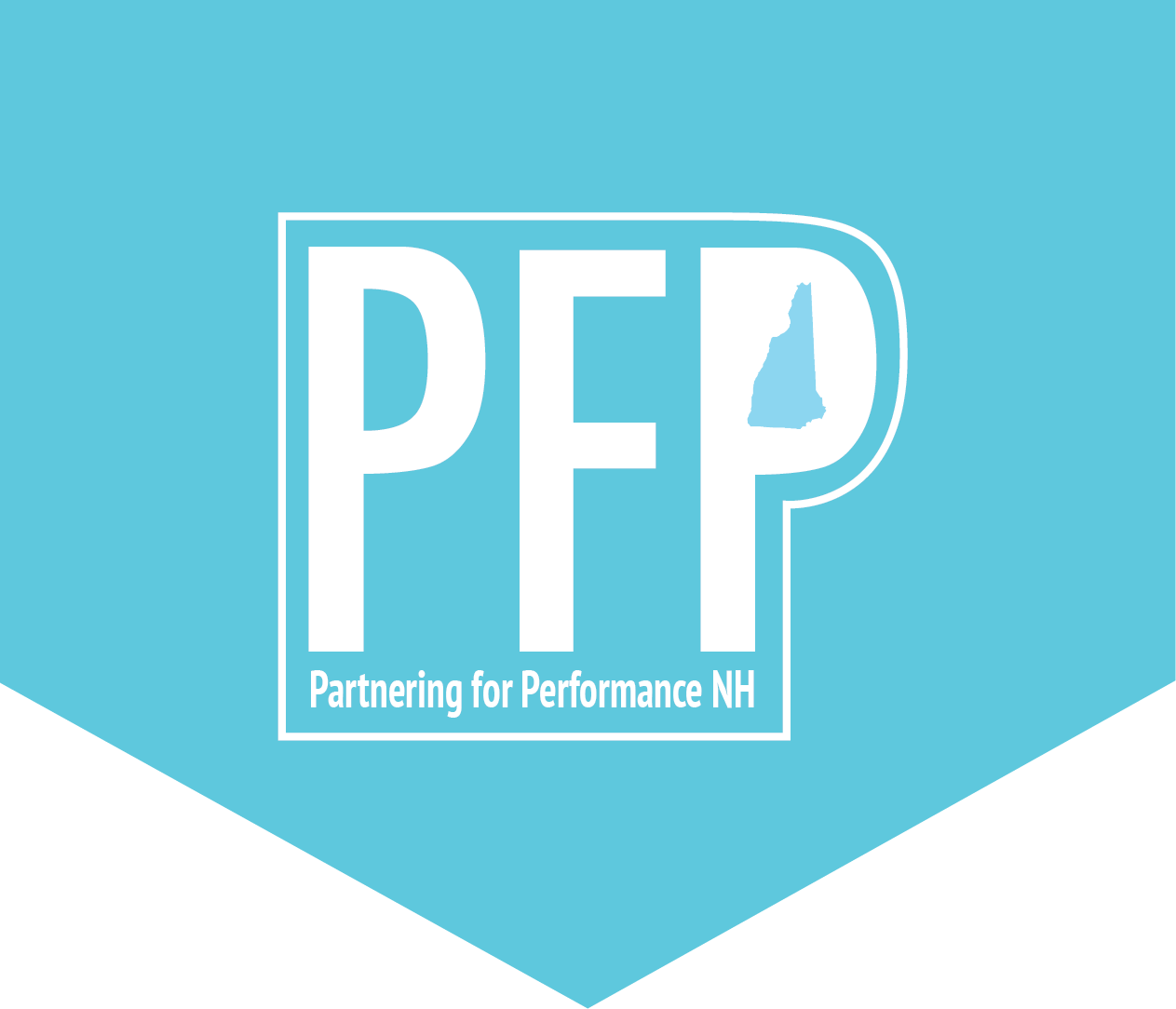A lack of resources was the main reason that we are only using seven measures. We started off with over 650 measures and were able to eliminate 620+ of them based on a set of evaluation criteria that determined how useful and feasible the measures were. Once we were down to 24, the last few fell out as we tried to figure out how to calculate them. We realized that either the data was not what we needed, or the measure was not the best way to track the issue. Learn more about our process here.
1. Why are there only seven supplemental measures?
2. Why are there so many transit measures?
The data needed to support these measures is available, reliable, and updated frequently.
3. Why isn’t there a {insert your topic of choice here} measure?
In most cases, there wasn’t a feasible way for us to track that topic with the currently available resources, or it was an area we had not yet explored given our time-frame. If you have any information that could help us in the development or implementation of a measure relating to this topic, please let us know!
4. How often do states/regions get assigned federal measures to create targets for?
There is no schedule for adding more federal measures. The only new measures that we are expecting are the FTA safety measures. Additional measures may be added down the road. Learn more about the federal measures here.
5. How do I implement performance based planning at my organization?
Implementing performance based planning takes a lot of work. It is important to focus on measures that are SMART (Specific, Measurable, Attainable, Relevant, and Timely). It is better to implement a few really good measures at first and add more measures later, than to implement many less useful measures. Check out our process or our document library to learn more.
6. Can I join the Partnering for Performance NH workgroup?
The four NH MPOs are continuing to work together as an ad hoc workgroup on common issues. We will always reach out for expertise and advice from others, and we invite you to do the same. If there is a topic or specific help that you need, please contact us. We would love to have you be a stakeholder. As a stakeholder, you can help us by reviewing the measures we produce and giving feedback, suggesting measures, recommending datasets, and staying involved in our process. Contact us to find out more.
7. How many measures are you required/mandated to calculate?
As of May 20, 2017, FHWA has mandated 17 measures and FTA requires 4. The FTA safety measures have not yet been released and we don’t know how many to expect.
As of September 1, 2017, FHWA has mandated 17 measures and FTA requires 4. The FTA safety measures have not yet been released and we don’t know how many to expect. Check out the Federal Measures page to learn more.
8. What is the role of NHDOT in the long term performance based planning effort?
Target setting quantifies goals and occurs through a collaborative process. NHDOT monitors performance measures to understand gaps between existing and target performances. Programs and projects are funded through the TIPs, STIP and 10-Year Plan in support of performance goals that will be described in the NHDOT and MPO Long Range Plans.
9. What is a performance measure?
Put simply, a performance measure is a way for organizations to monitor progress toward a goal. Learn more about what makes a good performance measure, or see our measures here.
10. Why do you have to do this?
Federal mandates that determine our funding as MPOs require that we track our performance in certain areas. We have gone beyond that and added extra measures to reflect our regional priorities.
11. How does this help in transportation?
It provides a much more complete picture of the performance of the transportation system when making decisions about deciding how to invest funds and communicating those decisions. The ability to visualize our exact trajectory toward a set goal is also invaluable. See our measures here.
12. What is special about this project?
While the objective of this project is to establish a common framework for performance based transportation planning, the collaborative relationships being built and strengthened among the state’s transportation decision makers will ensure the framework’s effective implementation. The PlanWorks Partner Assessment has played a major role in fostering this trust and buy-in by helping us create an environment that is safe for participants and yields productive discussions. We relied a great deal on the results of the assessments to guide our development of a process that is valued by the workgroup. As lead adopters, we worked hard to ensure that our partners trust the process that we established together and feel comfortable raising concerns and questioning products. Nothing we did in this short timeframe would have been possible without working together.
13. What do you use these measures for?
We use the federal measures to determine how funds are invested and to rank infrastructure projects. We hope to have the state implement our supplemental measures as considerations in project ranking in the future as well.
14. What do I get out of this?
If you are a member of the public, you can track how the government prioritizes spending your tax dollars in transportation. If you are a municipal employee in search of state or federal assistance with a project, you can see what factors into project selection and you can improve your funding application by discussing how your project will affect those measures. And if you are an MPO or DOT from another state and you are looking to get started, you can find resources we have developed or you can reach out to us. We’re happy to help!

